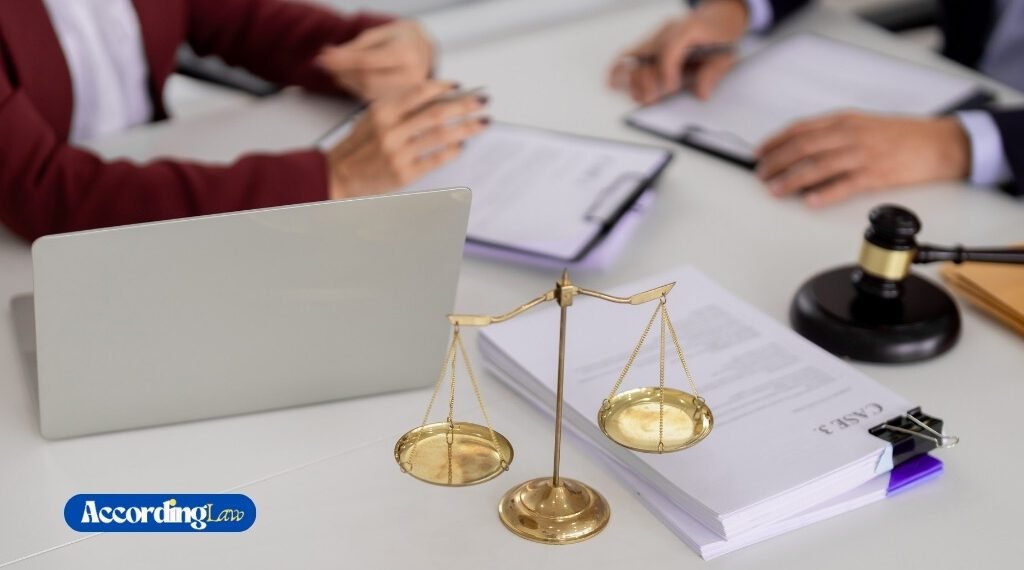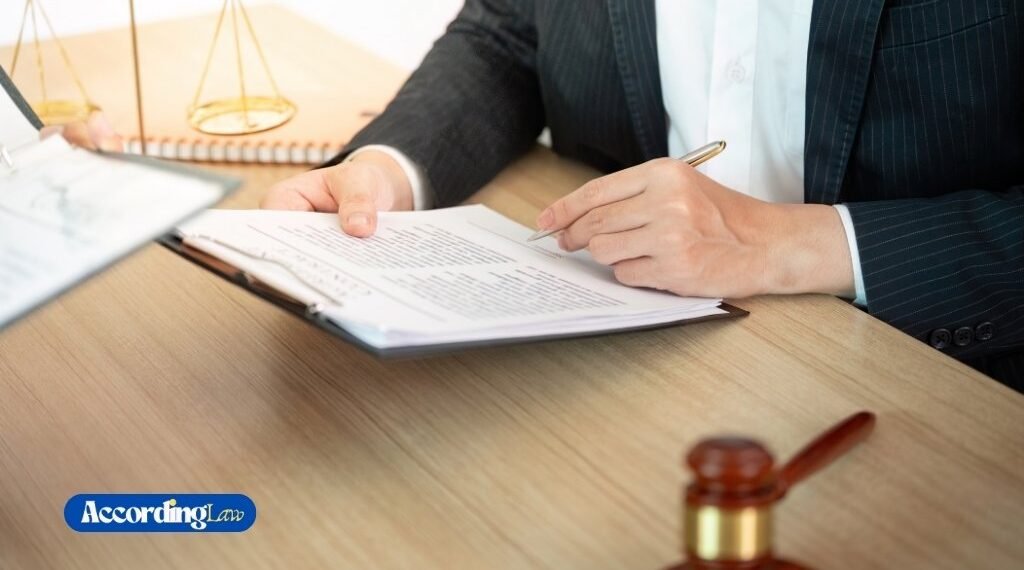Most people think of a slip and fall as a minor accident, an awkward stumble, a bruised ego, maybe a trip to urgent care. For those who end up with broken bones, concussions, or lasting mobility issues, the aftermath looks very different. A simple question comes up fast: who is actually responsible for what happened?
The answer is rarely simple. Property owners have a legal duty to keep places reasonably safe, yet proving a breach of that duty takes more than a photo of a wet floor. Every case starts with the facts, how the accident occurred, who controlled the space, what evidence exists, and how those pieces fit into actual legal standards. That is where a lawyer gets to work long before any settlement or trial.
Table of Contents
Understanding the Incident
Every case starts with a story: where it happened, when it happened, and how the injury unfolded. The first job is to listen. Small details often matter most later: the floor’s condition, whether warning signs were posted, and if they were placed where people would actually see them.
During an initial consultation, the lawyer tests the basic elements of negligence. Did the property owner know about the hazard, or should they have known? Was the injured person acting reasonably? Are there gaps that need to be filled fast, like missing photos or an incident report?
A skilled premises liability attorney uses this stage to understand both the injury’s impact and the legal path forward, setting priorities for evidence and deadlines that cannot be missed.
Investigating the Property Conditions
Once the story is clear, the focus shifts to the scene. Attorneys and investigators visit the site to document the hazard that caused the fall. They take photos, request security video, and flag maintenance issues that are easy to miss: cracked tiles, uneven flooring, poor lighting, lingering spills.
The goal is to determine whether the hazard existed long enough that the owner or manager should have addressed it. Inspection logs and cleaning schedules are compared to the timeline of the incident. If safety checks were skipped or records are incomplete, that absence can become evidence.
Strong cases grow from clear documentation that shows how preventable the injury was.
Gathering the Evidence
After the site review, the case rests on proof. Witness statements fill the gaps that photos miss: what the floor looked like minutes earlier, whether warning cones appeared late, and how staff responded. Security footage, incident reports, cleaning logs, and prior complaints help show whether the hazard was a one-off or part of a pattern.
Medical records link the fall to the injury and help quantify losses. Lawyers send preservation letters to keep video from being overwritten and request maintenance schedules to test the property owner’s routine. When needed, specialists weigh in on surface friction, lighting levels, or code compliance.
Context helps decision makers see the stakes. Data from the National Safety Council on slips, trips, and falls shows how frequent and costly these injuries are, which underscores why thorough, credible evidence is the backbone of the claim.
Establishing Liability
Liability rests on four elements: duty, breach, causation, and damages. Start with duty. Who was responsible for keeping the area reasonably safe? Ownership is not the only factor. Control matters too. Responsibility may also fall on a tenant, property manager, or maintenance contractor when they control the space.
Next comes notice. Did the defendant know about the hazard, or should they have known? Actual notice is straightforward: an employee saw the spill, or a complaint was recorded. Constructive notice turns on time and circumstances. A puddle that sat long enough to collect footprints or track marks signals it should have been addressed. Inspection schedules and cleaning logs often decide that question.
Causation ties the unsafe condition to the injury. Photos of the scene, footwear, medical records, and expert analysis help connect those dots. If the hazard was open and obvious, some jurisdictions still allow recovery if the risk was unavoidable or the property design funneled people into harm’s way.
Comparative fault can reduce a recovery if the injured person shares blame, but it does not erase a negligent owner’s share. The questions are concrete. Was the lighting poor? Were warning signs placed where people actually look? Did a contractor wax the floor and leave it slick without barriers?
Damages complete the picture. Medical bills, lost wages, and credible evidence of pain, limitations, or long-term care show what the incident truly cost. When duty is established, notice is proven, causation is clear, and losses are documented, the liability picture comes into focus.
Dealing with the Insurance Company
Once liability is outlined, the focus often shifts to the insurer. Most property owners rely on insurance to handle claims, and adjusters work to pay less. They may question the severity of injuries, dispute medical costs, or suggest the victim was careless. Emails, recorded statements, and selective document requests can all be used to trim the value of a case.
Lawyers even the playing field. They handle communications, keep statements from being twisted, and use the evidence already gathered to press for a fair settlement. Each demand is backed by records: photos, timelines, medical reports, and expert opinions.
Many insurers move once they see a strong file. If the offer still falls short, the focus turns to preparing for court.
From Claim to Court: When Litigation Becomes Necessary
When settlement talks stall, the case moves into litigation. This phase begins with filing the complaint, naming each responsible party, and securing evidence through discovery. Depositions, expert reports, and motion practice follow, each one aimed at showing what happened and who bears legal responsibility.
Some cases end before trial through mediation or arbitration, where neutral third parties help resolve disputes. Others go to a jury, where credibility and preparation matter. A seasoned trial lawyer turns records, timelines, and expert testimony into a clear, human story.
Thorough trial prep starts early, in discovery, expert workups, and the practical steps of filing a claim correctly, deadlines, forms, and evidentiary attachments that keep the case on track. The tighter these pieces fit, the more pressure builds for a fair resolution.
Conclusion
Building a premises liability case takes patience, careful fact work, and sound judgment. From the first meeting to a potential verdict, each stage relies on precise records and a clear theory of what went wrong. Lawyers connect the dots between an unsafe condition and the harm it caused.
For someone trying to recover after a serious fall, that level of focus can shape both the outcome and the path to get there. A well-prepared lawyer understands the law and the stakes for the person behind the claim.


